Emperor penguin found on Aussie beach 3500km away from home
Beachgoers got the surprise of their lives when an adventurous emperor penguin waddled from the water to explore a WA beach, possibly the first time one has swum from Antarctica to Australia
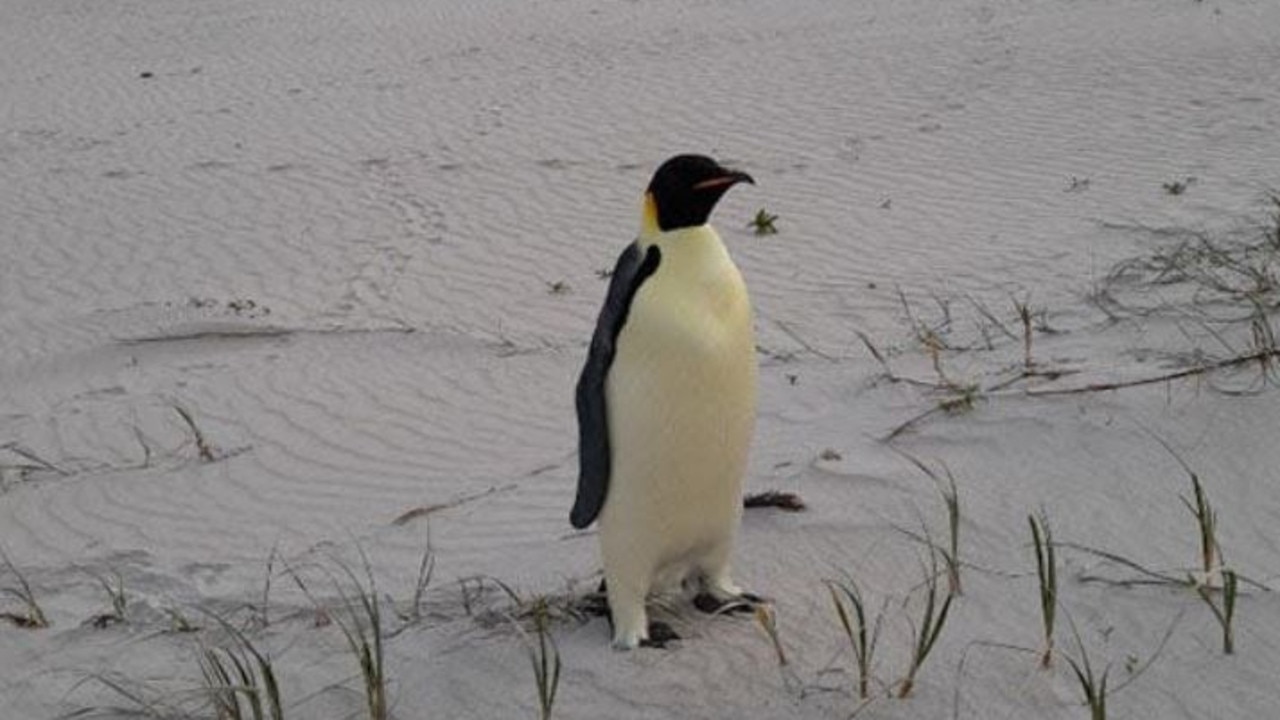
READING LEVEL: GREEN
An emperor penguin has made a surprise visit to a beach in Western Australia, journeying more than 3500km from its home in Antarctica*, possibly for the first time ever.
The penguin got a little lost and arrived on the shore of Ocean Beach in Denmark, 430km south of Perth, in early November, where it was spotted by local resident Aaron Fowler, who was enjoying a beach day with a friend and their children.
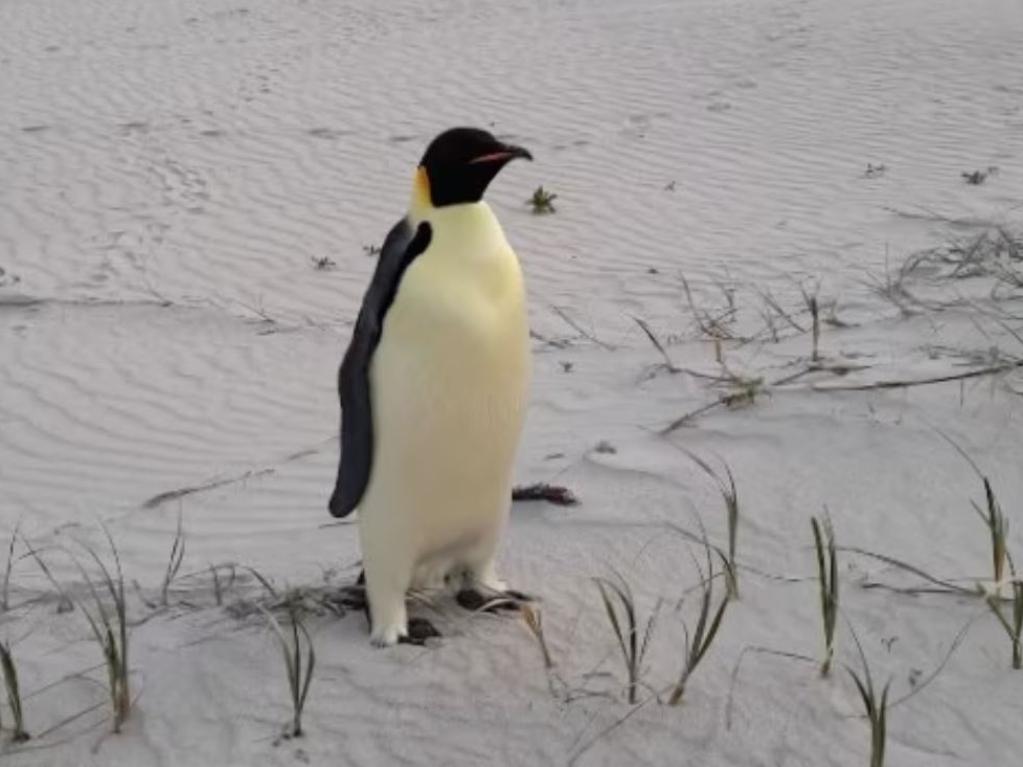
At first, the group couldn’t quite tell what was coming out of the water.
“It was massive, it was way bigger than a sea bird,” Mr Fowler told the ABC, explaining the penguin had a tail “sticking out like a duck”.
The bird, which was roughly one metre tall and “not shy at all” emerged from the waves and began waddling towards the group. “He just looked absolutely flawless*,” the Denmark local said. Male emperor penguins can reach heights of 1.3m and a maximum weight of 45kg.
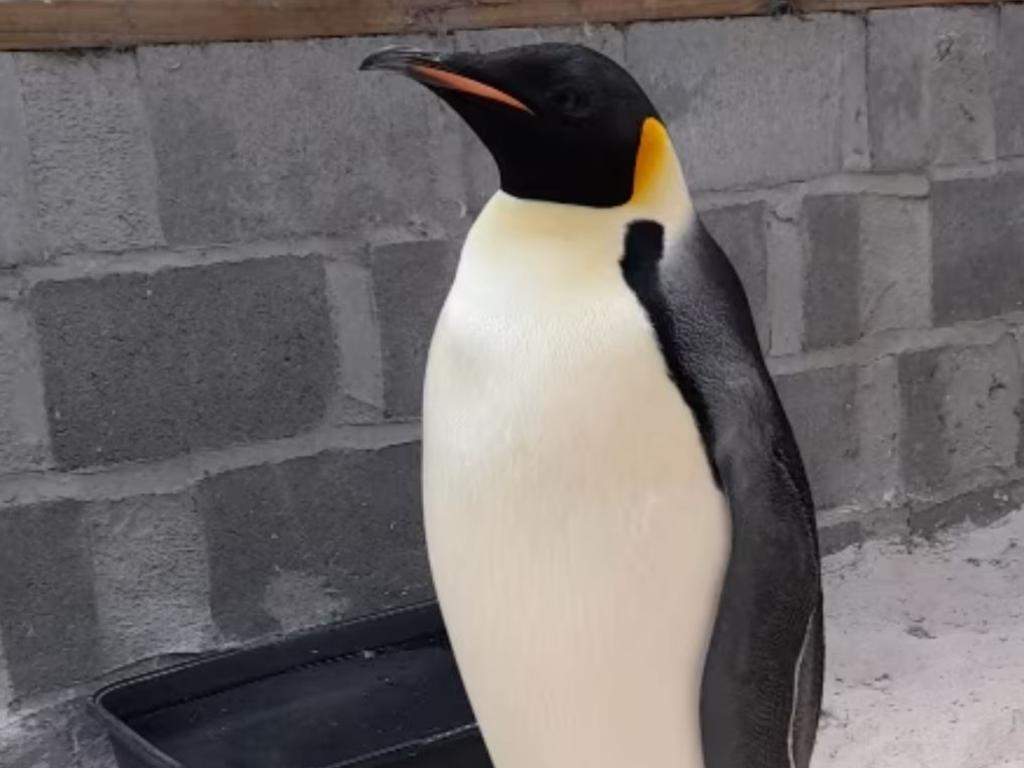
The kids were beside themselves as the emperor penguin approached them, though Mr Fowler acknowledged they may not have “understood the coolness of what was happening”.
During its visit to the Denmark beach, the penguin was standing upright on the sand and exploring the area.
“He tried to do like a slide on his belly, thinking it was snow, I guess, and just face-planted in the sand and stood up and shook all the sand off,” Mr Fowler said.
The sighting was the first known incidence of an emperor penguin making its way to Australia; the animals are usually found in icy conditions in Antarctica, which is a 3500km journey.
“The tracked ones have never reached this far,” University of Western Australia research fellow Dr Belinda Cannell told the ABC.
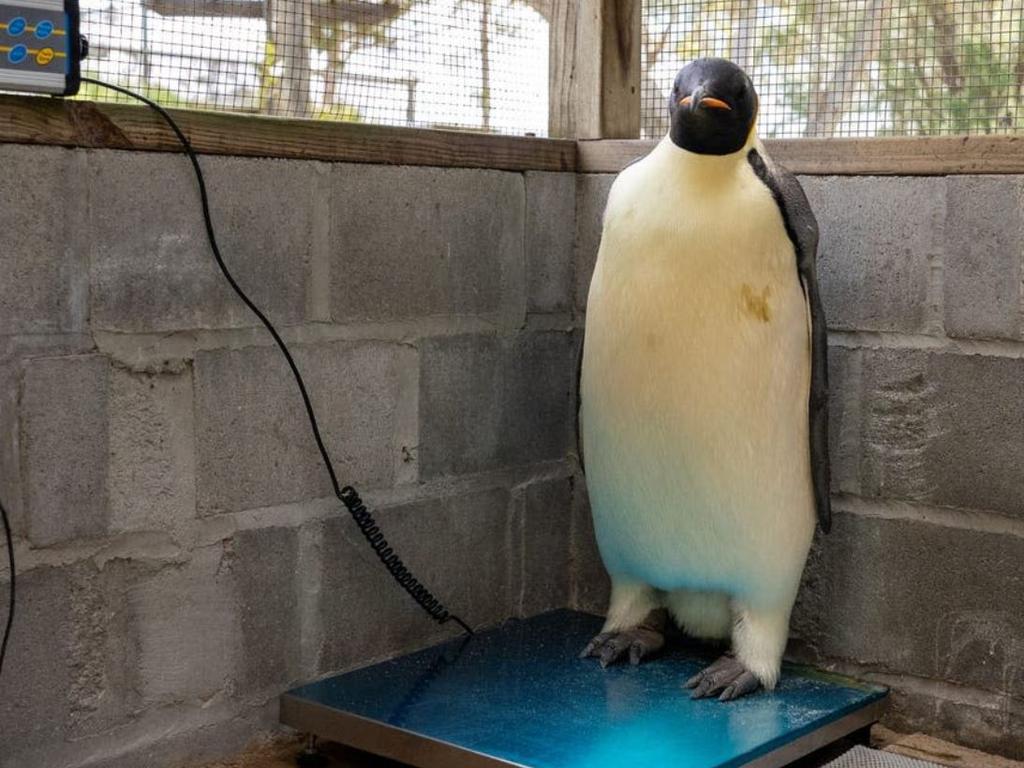
Emperor penguins are currently struggling to cope with the rapid change in sea levels*, which is threatening their habitat* and causing stress for the species. Dr Cannell explained it was possible the penguin got caught in a current while searching for food and travelled too far north.
The emperor penguin is currently being treated by a registered wildlife carer, who explained the bird was malnourished*, and would receive rehabilitative* treatment.
WATCH THE VIDEO
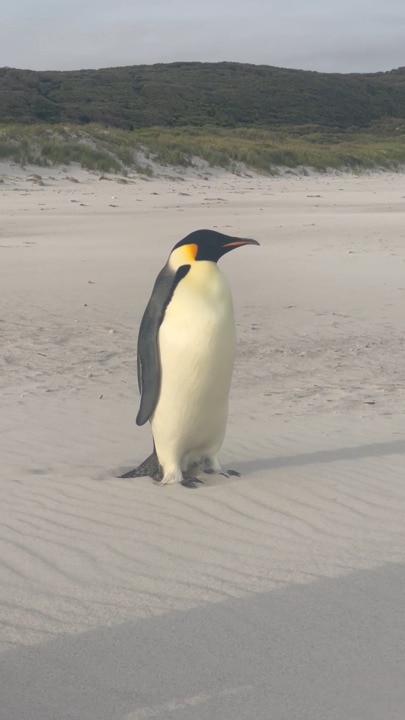
POLL
GLOSSARY
- Antarctica: the world’s southernmost continent, surrounding the South Pole, and the driest, windiest, coldest and iciest continent on Earth
- flawless: perfect, unmarked, appearing to be without defects or faults
- sea levels: the average level of the sea where it meets the land, it’s the base level for measuring elevation and depth
- habitat: the natural environment in which an animal or plant usually lives
- malnourished: weak or in poor health due to too little food or too little nutritious food necessary for good health
- rehabilitative: process of returning to health, or helping a person or animal return to health after illness
EXTRA READING
Meet Australia’s precious penguins
These penguin boots are made for walking
Antarctic penguin swims to New Zealand
QUICK QUIZ
- What species of penguin swam ashore to the beach in WA?
- What is the distance the penguin travelled from Antarctica?
- What is threatening their natural habitat?
- What is the height and weight emperor penguins can reach?
- How many recorded sightings have there been of emperor penguins reaching the Australian coast?
LISTEN TO THIS STORY
CLASSROOM ACTIVITIES
1. Emperor penguin trading card
Design and create your own emperor penguin trading card using all the information from this Kids News article.
Your trading card should be informative, easy to read, factual and visually appealing so other students would be keen to trade for your card.
Use thick cardboard, cut out cards in pocket/business card size and your teacher may be able to laminate the class trading cards for trading purposes.
Time: allow 25 minutes to complete this activity
Curriculum Links: English, Science, Personal and Social, Critical and Creative Thinking
2. Extension
Why would the rapid change in sea levels be threatening the emperor penguin habitat and causing it stress? Write a detailed explanation below.
Time: allow 10 minutes to complete this activity
Curriculum Links: English, Science, Personal and Social, Critical and Creative Thinking
VCOP ACTIVITY
Animal Alliterations
With a partner, choose one of the pictures from the article.
Make a list of nouns you could use to name the animal and other items in the picture. For example, instead of a tiger, you could also say cat, or feline.
Pick your favourite noun and identify its initial sound — what sound it starts with, not necessarily what letter.
Now, using the initial sound, make a list of adjectives to describe the animal. Try to be specific. Don’t just look at the animal as a whole, look at their different features as well.
Build on these same sound words, and add any verbs and adverbs you could use to describe the animal and their movements.
Try to put it all together and use as many same sound words in a sentence, to create an alliteration about the animal in the picture. For example: the terrifying tiger, tiptoed through tangled trees chasing his prey.

